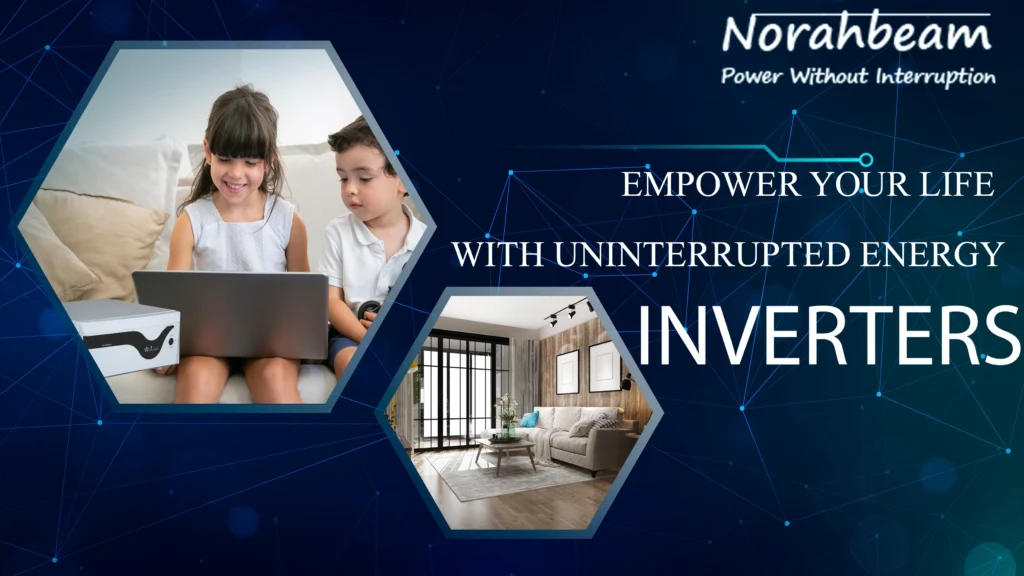
Welcome to the world of home inverters, where electricity meets style and functionality. Selecting the right inverter for your home is a crucial decision to ensure a reliable and uninterrupted power supply. Various factors come into play when making this choice, ranging from understanding your power requirements to determining the suitable inverter type and ensuring compatibility with the right battery. Here we will explore the fundamental considerations that will help you make an informed decision for your residential power needs.
1. Calculating Power Requirements
Start by evaluating your household’s power requirements. Consider the essential appliances and electronic devices you want to run during a power outage. Calculate the total power load in watts to determine the inverter capacity needed. This step is vital for preventing overloading and ensuring the inverter can meet your specific energy needs.
2. Knowledge about Inverter Types
The Inverters are coming in three different types and each with its own set of advantages and applications.
Pure Sine Wave Inverters: Provide clean and stable power, suitable for sensitive electronics like microwave, motors, TVs etc.
Modified Sine Wave Inverters: More cost-effective but may not be ideal for certain appliances due to waveform differences.
Square Wave Inverters: Basic and less expensive, suitable for simple applications but not recommended for sensitive devices.
3. Battery Compatibility
Choose an inverter that is compatible with the right type and capacity of batteries. Consider factors such as battery voltage, capacity, and technology. Common battery types include lead-acid, lithium-ion, and gel batteries. Ensure that the inverter’s charging system is suitable for the selected battery type to maximize efficiency and lifespan.
4. Inverter Capacity and Load Sizing
Properly size your inverter by matching its capacity to the total load you identified in the initial assessment. Oversizing or undersizing the inverter can lead to inefficiencies and potential damage. Select an inverter with a capacity slightly higher than your calculated load to accommodate power surges and prevent overloading.
5. Inverter Features and Additional Functions
Consider additional features that may enhance the performance and convenience of your inverter system. This could include built-in surge protectors, automatic voltage regulation, and remote monitoring capabilities. These features can contribute to the longevity and overall reliability of your inverter setup.
So now it is clear that by considering these factors collectively, homeowners can make an informed decision when selecting an inverter that suits their residential power backup needs, ensuring efficiency, compatibility, and reliability during power outage


